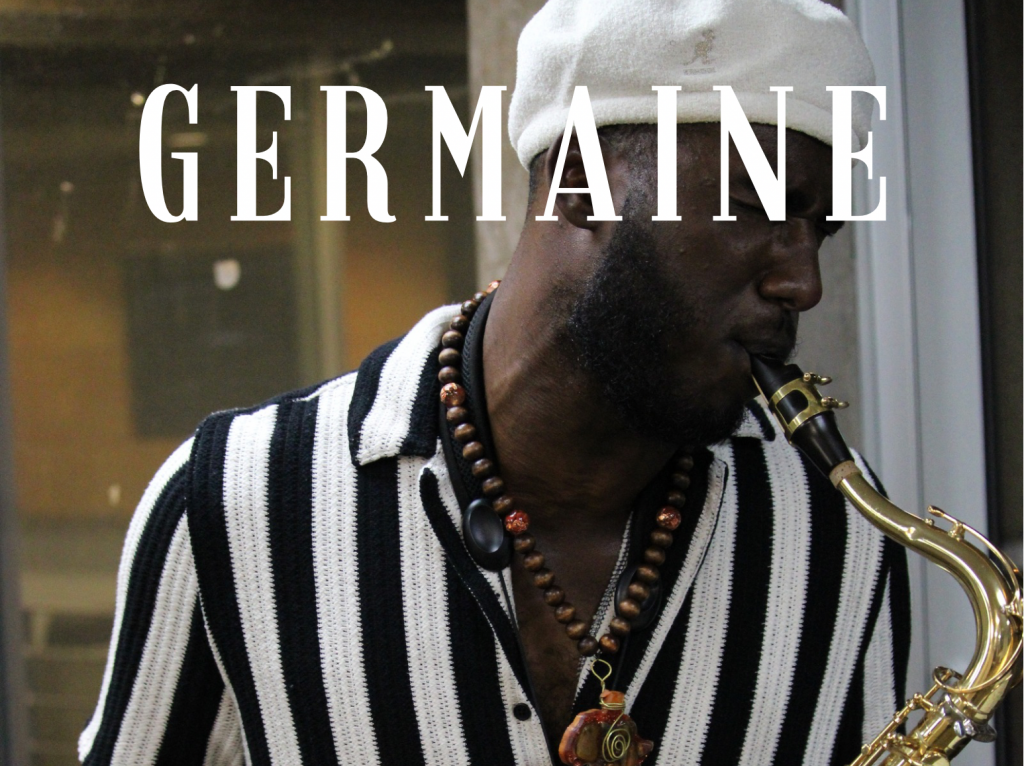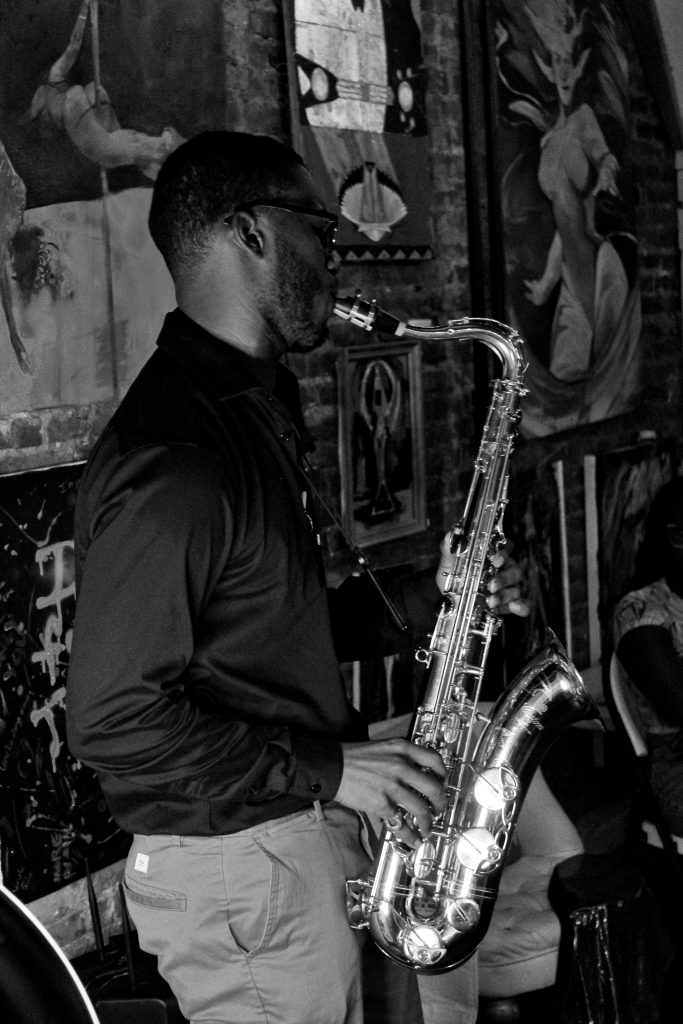The Tenor of Healing: The Sound and Soul of Germaine
2 min read
As featured in The Songs of the Shadows, by Phoenix Kabali
Germaine doesn’t separate his life from his music. Both are built on rhythm, reflection, and resilience. When he picks up his tenor saxophone, the world around him slows, and every breath becomes intentional. His sound isn’t designed to impress; it’s meant to connect.
For Germaine, jazz is not nostalgia. It is a living practice that demands presence. Each note carries the weight of repetition, failure, discovery, and endurance. “Playing the saxophone allows me to sing how I want to,” he says. “Every performance is a dialogue between breath and memory.” That conversation is ongoing, shaped by mood, experience, and whatever truths the day brings.
Phoenix Kabali’s The Songs of the Shadows column captures this side of Germaine with quiet precision. The feature follows him through rehearsals and reflection, uncovering an artist who values the unseen work behind the music. His playing is physical and deeply personal, a blend of rigor and release. “When I play, I’m expressing my truest feelings,” he explains. “Physically it’s taxing and strenuous, but also relaxing and rejuvenating. It’s therapy. It’s prayer. It’s me.”

Germaine’s music sits at the intersection of craft and care. It demands both technical skill and emotional honesty. Each performance becomes an act of translation, turning what he feels into something audiences can understand without words. He often describes the process as balancing control and surrender. Practice sharpens his sound, but instinct guides the moment.
In conversation, Germaine speaks about the necessity of balance with the same clarity that shapes his music. He knows the cost of constant output, and he is intentional about protecting his peace. “There has to be a balance or being a musician can overwhelm even the strongest mind,” he says. “Rest, too, is part of the rhythm.”
That philosophy extends beyond the stage. Germaine uses his platform to highlight the importance of Black spaces in the arts. He spotlights places where creativity and culture can exist without dilution. “I’m always aware of the presence, or lack thereof, of the Black community,” he reflects. “We all should do more to support these spaces, so our legacy doesn’t get mishandled.”
Kabali’s profile presents Germaine not as a performer, but as a caretaker of sound and spirit. He plays with intention, aware that every note carries the weight of those who came before. His story reminds readers that music is one of the oldest forms of healing, and that its purpose extends far beyond the stage.
Through the lens of The Songs of the Shadows, The Tenor of Healing becomes more than a feature. It is a portrait of endurance, reflection, and quiet excellence. It invites readers to listen for presence.
Read the full story, “The Tenor of Healing: The Sound and Soul of Germaine,” in the latest issue of Intellectual Ink Magazine. Available now on Amazon.
IG: germainesax






